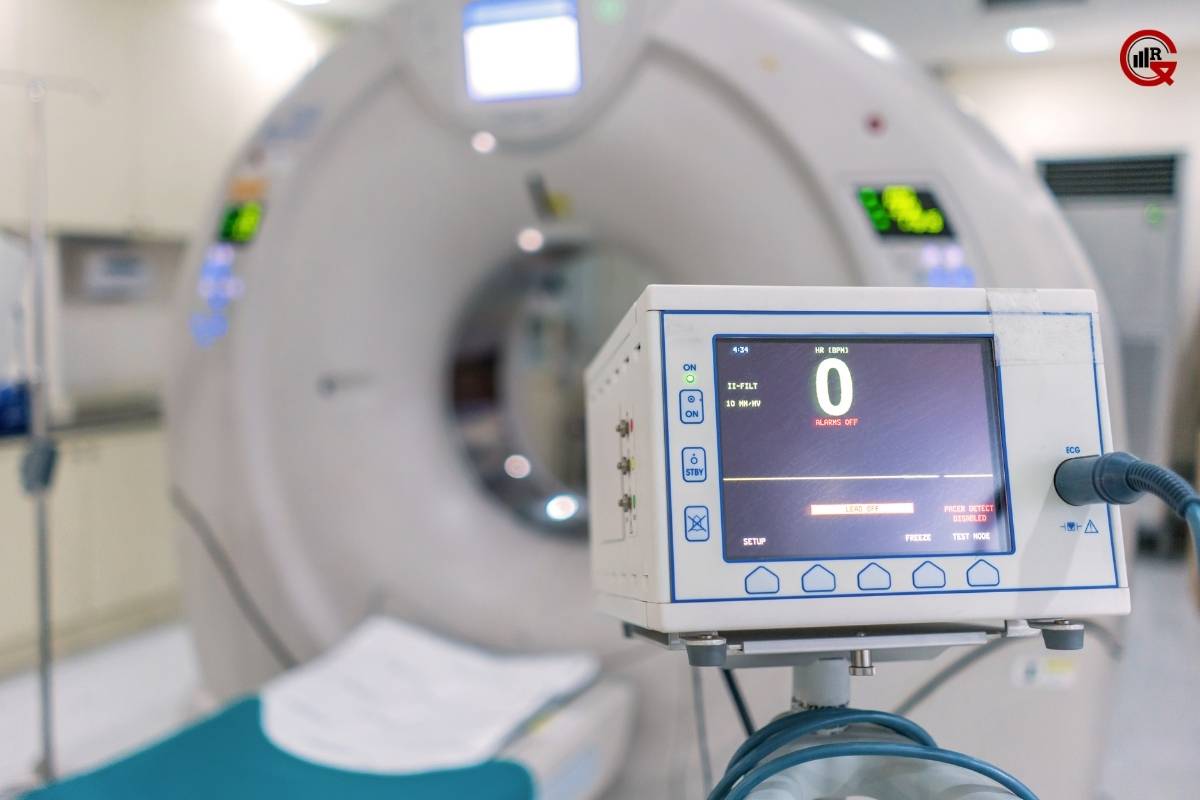Durable Medical Equipment (DME) plays a crucial role in healthcare by providing essential tools and devices to improve the quality of life for individuals with various medical conditions. From mobility aids to respiratory support, DME encompasses a wide range of equipment designed to assist patients in their daily activities and medical needs. In this article, we will delve into the significance of durable medical equipment, its types, applications, challenges, and advancements in the field.
Importance of Durable Medical Equipment:
It serves as a lifeline for millions of people worldwide, enabling them to lead more independent and fulfilling lives despite physical or medical limitations. It empowers individuals with disabilities, chronic illnesses, or injuries to perform essential tasks, engage in social activities, and maintain their health and well-being.
One of the primary benefits of DME is its ability to enhance mobility. Devices such as wheelchairs, walkers, and mobility scooters enable individuals with mobility impairments to move around independently, access public spaces, and participate in various activities. This freedom of movement not only improves physical health but also promotes social inclusion and mental well-being.
Furthermore, Durable Medical Equipment aids in the management of chronic conditions and medical emergencies. Devices like nebulizers, oxygen concentrators, and glucose monitors allow patients to monitor vital signs, administer medications, and receive critical care at home. By facilitating timely interventions and reducing hospital visits, DME contributes to better health outcomes and lower healthcare costs.
Types and Applications of Durable Medical Equipment:

Durable Medical Equipment encompasses a diverse array of devices tailored to meet specific medical needs and conditions. Some common types of DME include:
- Mobility Aids: Wheelchairs, walkers, canes, and crutches assist individuals with mobility impairments in moving around safely and independently.
- Home Care Equipment: Hospital beds, patient lifts, and bathroom safety aids provide comfort and support for patients receiving home-based care.
- Respiratory Devices: Nebulizers, CPAP machines, and oxygen tanks deliver respiratory therapy to individuals with breathing disorders such as asthma, COPD, and sleep apnea.
- Orthopedic Supports: Braces, splints, and orthotic devices help stabilize joints, alleviate pain, and promote healing in orthopedic conditions like fractures, sprains, and arthritis.
- Diabetes Management Tools: Glucose meters, insulin pumps, and diabetic shoes aid in monitoring blood sugar levels and managing diabetes effectively.
- Prosthetics and Orthotics: Artificial limbs, prosthetic devices, and custom orthotic inserts restore mobility and function for individuals with limb loss or musculoskeletal disorders.
These are just a few examples of the vast range of durable medical equipment available to address diverse healthcare needs across different age groups and medical conditions.
Challenges and Limitations:

Despite its significant benefits, the provision and utilization of Durable Medical Equipment are not without challenges. Some of the common challenges faced in this field include:
- Accessibility and Affordability: Access to quality DME may be limited, particularly in underserved communities or regions with inadequate healthcare infrastructure. Additionally, the high cost of certain medical equipment poses financial barriers for patients, insurers, and healthcare providers.
- Regulatory Compliance: Durable Medical Equipment must comply with strict regulatory standards and guidelines to ensure safety, efficacy, and quality. Meeting these regulatory requirements can be time-consuming and resource-intensive for manufacturers and suppliers.
- Insurance Coverage: Reimbursement policies and insurance coverage for DME vary widely, leading to disparities in access and affordability for patients. Navigating insurance claims, prior authorizations, and documentation requirements can be complex and frustrating for both patients and providers.
- Maintenance and Repair: DME requires regular maintenance, servicing, and occasional repairs to ensure optimal performance and safety. However, accessing timely repairs and replacement parts can be challenging, leading to equipment downtime and disruptions in patient care.
- Technological Advancements: Keeping pace with rapid technological advancements in medical device technology presents both opportunities and challenges for DME providers. While innovations offer enhanced features and functionality, they may also require additional training, infrastructure upgrades, and investment to integrate them effectively into clinical practice.
Advancements in Durable Medical Equipment:

Despite the challenges, ongoing advancements in technology and innovation continue to drive progress in the field of Durable Medical Equipment. Some notable advancements include:
- Smart Devices: The integration of sensors, wireless connectivity, and digital health technologies into DME devices enables remote monitoring, data collection, and real-time feedback. Smart wheelchairs, wearable sensors, and connected inhalers are examples of how technology is revolutionizing DME.
- Customization and Personalization: Advances in 3D printing and digital modeling allow for the customization and personalized fabrication of prosthetics, orthotics, and other assistive devices to better meet the individual needs and preferences of patients.
- Telehealth and Remote Care: Telemedicine platforms and virtual consultations facilitate remote assessment, diagnosis, and management of patients requiring DME. Telehealth solutions enable patients to receive personalized care and support from healthcare providers without the need for in-person visits.
- User-Centered Design: Human-centered design principles emphasize the importance of involving end-users in the design and development of DME devices. By prioritizing user needs, preferences, and feedback, designers can create more intuitive, user-friendly, and inclusive products.
- Sustainability and Eco-Friendly Solutions: The adoption of sustainable materials, energy-efficient technologies, and eco-friendly manufacturing processes in DME production contributes to environmental conservation and reduces the carbon footprint of healthcare delivery.
Conclusion:
Durable Medical Equipment plays a vital role in improving the quality of life, independence, and well-being of individuals with diverse medical conditions and disabilities. From mobility aids to respiratory support, DME devices enable patients to lead more active, fulfilling lives and receive essential care in their homes and communities. Despite the challenges and limitations, ongoing advancements in technology, regulation, and healthcare delivery hold promise for the continued evolution and innovation of DME, ensuring that patients have access to safe, effective, and affordable medical equipment to meet their evolving healthcare needs.






